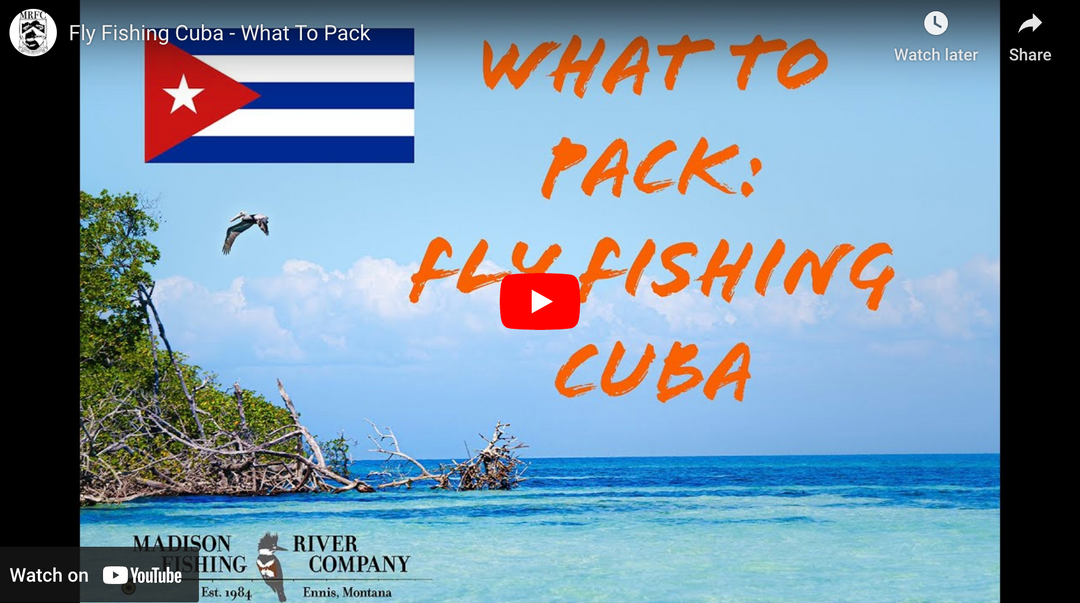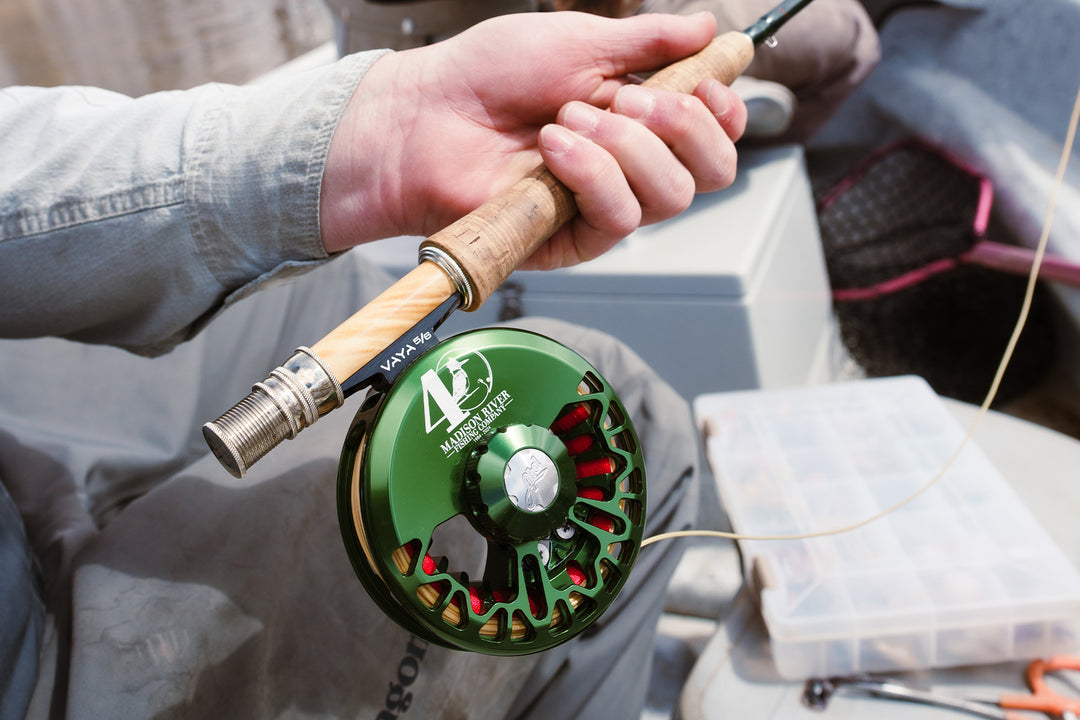Fly Fishing Small Water Around Montana

I can remember as a boy spending many a summer day riding my bike to a local fire station that had a small pond behind it. There I would spend hours catching mostly sunfish, but also the occasional bullhead or bass on a worm below a bobber. Behind the pond was a small stream that I paid no attention to other than that I crossed it every time I rode to the pond. One day, I noticed an elderly man working his way up the stream with a strange long rod. He could have come straight off the cover of an old L.L. Bean catalogue, dressed kind of funny and carrying an old wicker creel. I watched as he dropped a fly along the bank in front of him, and quickly caught a fish that came up and took it. I will forever be in debt to this man’s patience, as I was instantly by his side pestering him with questions, and he very kindly took the time to show me what he was doing. The fish was a brook trout, the first I had ever seen, and it was simply beautiful.

He explained that he was fishing with flies, showing me the Royal Coachman that he was using, and explained that the trout would come out of hiding thinking it was a tasty bug they could eat. On hearing me proudly exclaim how I was catching sunfish in the pond, he suggested that I could actually catch some of these trout if I took off the bobber and sinker, and just let my worm drift under the overhangs along the bank. He also suggested that lighter line than what came on my Zebco 404 would work better. I never saw the man again, and don’t know if I even thanked him properly, but I sure hope I did. That chance meeting forever changed my life. Overnight I became an explorer of the many small streams that criss crossed the part of Connecticut where I lived. I learned to catch the native brookies that were still in some of them, and the stocked rainbows and browns that were in others. Soon I used money from my newspaper route to buy an ultralight spin casting outfit, and within a few years owned a fly rod. My first trout on a fly came from a stream about ten miles North of that fire station. It was an eight inch brown that took a Royal Wulff (which the man at the local fly shop said was even better than the Royal Coachman) and promptly swam through the nylon webbing of my net as I removed the fly. I still have such a vivid memory of that pool, the excitement of hooking and landing the fish, and my dismay at watching it escape.

Over the years, I think it is safe to say that a large percentage of what I know about fly fishing came from time spent on small streams. At first, these small streams were my only option given that I was limited to places I could ride my bike to. Even after I was able to drive I still seemed to gravitate to the streams over larger rivers. I think that small water is easier to figure out, and I could often see the fish, and watch what they were doing. It also seemed that a lot of the time fish were less picky in these streams. While I have certainly seen my share of highly selective trout in skinny water, on average a good presentation will be rewarded more consistently on the smaller stream. Over time, as I started fishing larger rivers, I would look at them in segments, and fish water and current structures that I could recognize from my time on smaller water. As an aside, this is still a great way to break down larger rivers to figure out where the fish might be hanging out.

Back in the 80’s, when I lived in Maine, a good friend and fishing buddy, Stephen Mace, used to tell me stories about fishing with his grandfather when he was a boy. His grandfather lived out in Montana, and for many summers Stephen got to go out and spend time with him, getting schooled in the art of fly fishing and having fun outdoor adventures. Most of his fishing was done on the small streams “in the back yard”. Although by then I had done some fishing in the west, Montana was in my mind still more myth than reality, and I was jealous of all the time he got to spend out there.





By Scot Bealer
Scot first started guiding in the 1980’s, and has fished extensively through the rocky mountain west and many other parts of the world. When not on the water, he is typically out working with his wife, Lea Frye, doing wildlife photography. See their work at https://www.leaf-images.com, or follow them on Instagram @lea.f_images























Excellent article – thanks for sharing.
Leave a comment